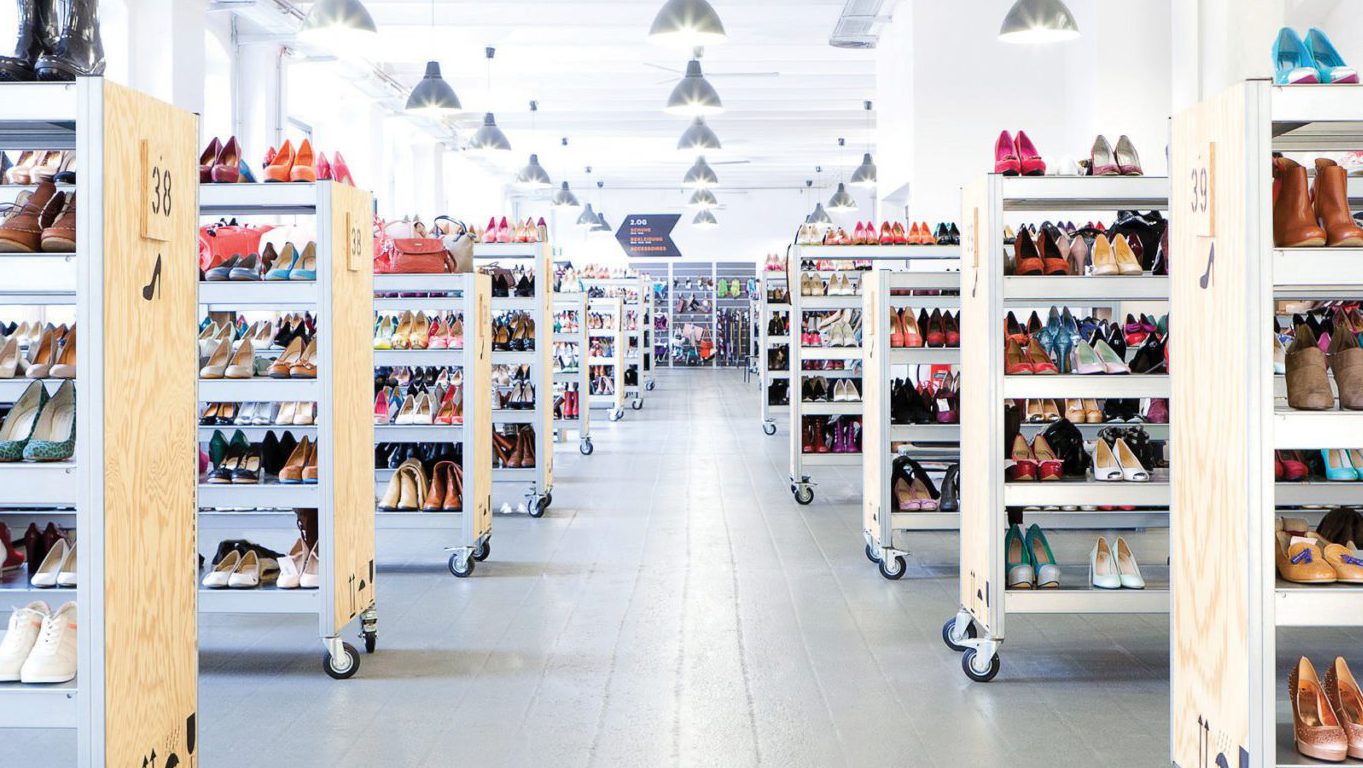Tips from the e-commerce giant Zalando
What is going on e-commerce globally today, and what are the biggest challenges in this sector?
by Marc Lamik

We sit down and speak to Zalando’s Managing Director of Lisbon Marc Lamik to hear some advice on the state of e-commerce today.
What is going on e-commerce globally today?
The biggest trend in e-commerce is increased volumes, both in terms of customers and emerging businesses. This is happening all over the world – if you look at Europe, the US and Asia, the numbers are growing steadily and so new technical solutions are changing the way we shop.
One of the most interesting areas to look at the moment is customer-centricity and how consumer demands are in many ways steering the development of online companies. This has completely upgraded the relationship between retail and the consumer, and nowadays the consumer is used to a much higher level of service.
What are the biggest challenges facing Europe in terms of e-commerce?
Generally, there are still a lot of growth opportunities in Europe. There are countries – specifically the Nordics but also Germany or the UK – that have a very high online penetration and thus have heavily adopted e-commerce from an early stage.
Convenience will become more and more important to European consumers, which will then challenge the logistics of infrastructure. Another area that we will keep paying attention to this year is the connection between online and offline shopping. Connectivity, whether it is between digital players and their consumers – or between suppliers and retailers – is becoming increasingly important in the fashion industry.
Are these trends applicable to industries outside of fashion?
The fashion industry is one of the earliest adopters of e-commerce. But other areas such as home service providers and food delivery are rapidly becoming digitalized. A common trend for all of the above, including Zalando, is the high level and sophistication of an even further personalized customer experience.
Amazon is now offering one-hour delivery. How can smaller companies look to offer the same experience and compete?
If there is one thing that we have learned over the past years it is that one company cannot do everything by themselves. In order to become truly agile one must partner up with innovative companies who are leaders in their field of expertise. For example, there are several logistics companies offering various logistical services that startups can profit from in order to offer the most convenient customer journey possible.
Do you have any examples of last mile delivery startups in Europe that you think are worthy of a mention?
We cooperate with many different delivery startups across Europe. In Belgium we work together with Parcify to offer geolocation delivery. In the Netherlands with Trunkrs to offer same day delivery in Amsterdam. Another example of a successful collaboration is the return of on-demand services that we offer together with our French partner Stuart.
Which technologies should consumers be excited about?
It depends on the timeframe. If we’re talking about in the next couple of years, then I think that we will see a big move into the 3D space, as presented by Apple’s cameras in the iPhone 10. Once this becomes more than just semi-supplied and common in a majority of consumer goods, Augmented Reality and 3D will have a huge impact and transform how e-commerce works. But, at the present moment, it needs to be refined before it can really be a viable technology for consumers to use.
Zalando grew very quickly. How was the company’s culture managed during this acceleration?
There are several things in terms of company culture. One of the biggest things is to embrace changes and, in particular, understand how the company culture changes as it grows. A startup will inevitably have a different culture to a company of more than 14,000 employees, but it is important to try and keep the culture as similar to that of a startup.
Furthermore, the culture needs to have most of its emphasis on a top-down basis. Zalando’s culture has remained so close to how it began is due to the fact that the founder is still ever present in the company – they are always there to look to as a reference point to what the company was and is about.
On the other hand, culture inevitably relies on the people in the company. You should hire those who fit the intended culture of a company in conjunction with training your leaders the proper ways of conducting the business. This is in order to prevent your culture from splintering in directions that are counterintuitive to your initial vision.
Explain Zalando’s concept of Radical Agility.
It is about installing an agile framework. Less about the day to day involvement but the overall concept of working together across different teams. It is ultimately a software development methodology that allows engineers to get work done whilst management gets out of the way. Based on three pillars: Autonomy, Mastery, and Purpose, Radical Agility is bound together through organizational trust.
Autonomy refers to letting the teams decide the best way to achieve their goals, whilst Mastery is focused on making them experts in their craft. Finally, Purpose. Purpose is about having defined and clear goals. This helps not only in inspiring engineers to understand why they are doing what they are doing, but also allows them to be able to measure their success whenever they completed the process.
What is Zalando Research?
Zalando Research is our research lab that’s focussed on what we think will be the most important technologies over the next five or more years. Technologies such as machine learning and artificial intelligence to name a few.
How do you manage the innovation process?
On the one hand it is part of the culture. On the other hand, we have changed how the company is organized many times over recent years. One thing that we have really embraced though is giving ownership of what employees are working on. We believe that this fosters innovation because if you are responsible for, and really believe in, what you are doing you can bring in new ideas and solutions – working towards objectives and not just a project plan that you tick the boxes of.
Another thing that we do at Zalando is our innovation hub, where each employee can pitch their ideas. If it is accepted, then they can receive funding to test it out and then if it is successful this can become a solidified part of the platform.
Part of your innovation process involves startups outside of Zalando. How do you manage these investments?
We have a very diverse approach. With some, we act as the classic investor, but in other cases, such as with the new ZalandoBuild platform, we integrate startups who offer solutions and functionalities that personalize the customer’s shopping experience and boost inspiration. In this sense, we act more as a partner that helps the startups scale their products by offering them access to our 22 million customers.
We are also, in many areas, and this comes back to the Autonomy principle mentioned before, every business unit owner can drive cooperation with startups as well. So we have multiple approaches to innovation.


